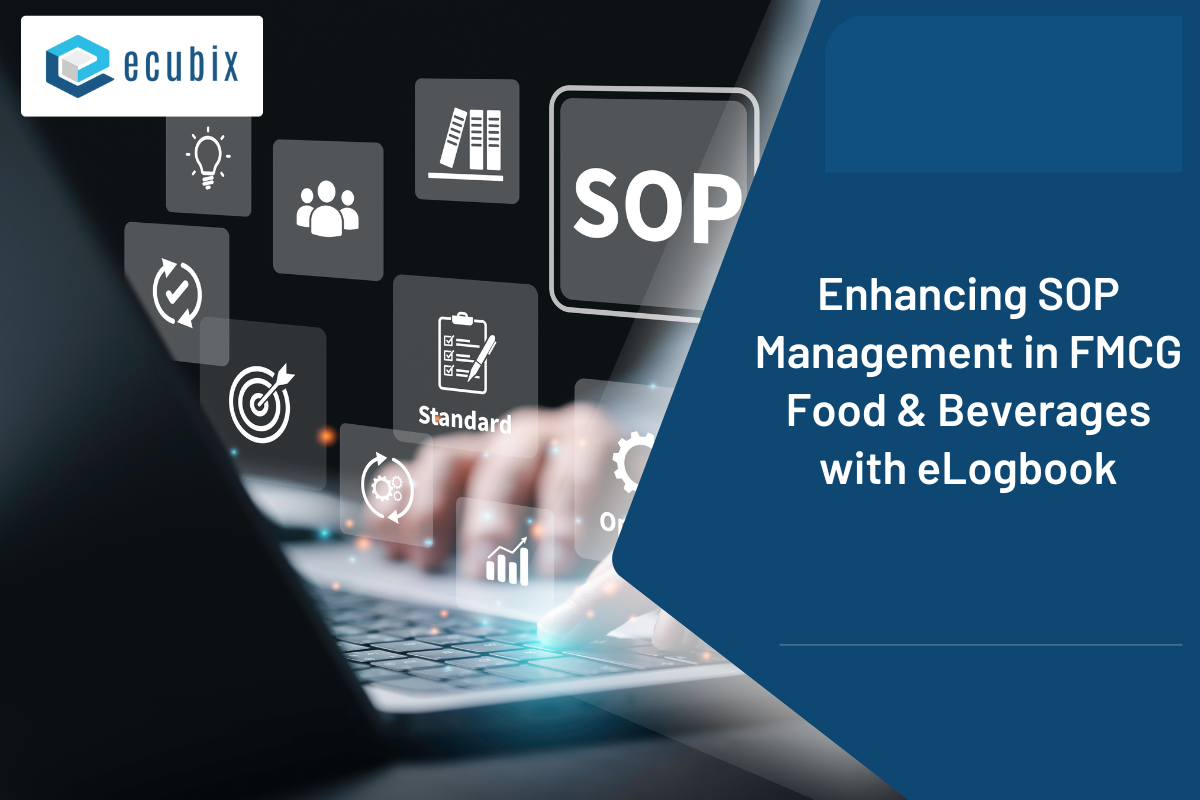
Table of Contents
Published on: March 6, 2023
Improve operator Productivity in Pharma Industry
Improved operator productivity is a critical goal in the pharmaceutical industry as it directly affects the efficiency and profitability of a company. There are various methods to achieve this objective, including process optimization, training and development programs, and technology integration.
Digitization of manual processes is one of the key factors in improving operator productivity.
Electronic Check List
An e-Check list is a digital form that replaces the paper form used in industry to record manufacturing processes and data. The digital platform provides industry-specific ready-to-use forms and creates forms for user-specific requirements. Submit digitally enhance data access to users from any corner of the world. The accuracy and authenticity of data make it more acceptable for statutory compliance.
Electronic batch records
Electronic batch records (EBRs) are digital versions of paper-based batch production records in the pharmaceutical industry. They provide a means to capture, store and manage production data electronically, ensuring compliance with Good Manufacturing Practices (GMP) and regulatory requirements. Benefits of EBRs include improved accuracy, reduced manual errors, improved data integrity, improved efficiency, and enhanced traceability.
Electronic laboratory notebooks
Electronic laboratory notebooks (ELNs) are digital versions of paper-based laboratory notebooks used in the pharmaceutical industry. They provide a centralized platform for capturing, storing, and managing laboratory data and intellectual property, ensuring compliance with Good Laboratory Practices (GLP) and regulatory requirements. Benefits of ELNs include improved data management, enhanced collaboration and accessibility, improved security and compliance, enhanced version control, and reduced manual errors.
Supply chain management
Supply chain management through track & Trace software. The solution is designed to help manage the flow of goods, information, and finances in the pharmaceutical industry. It is used to plan, implement, and control the production, delivery, and distribution of pharmaceutical products. The benefits of Track & Trace include improved visibility, better forecasting, increased efficiency, reduced waste, enhanced collaboration, and improved risk management. Key features include demand planning, supply chain optimization, transportation management, inventory management, and order management.
Electronic signatures
Electronic signatures (e-signatures) are digital signatures used in the pharmaceutical industry to replace traditional paper-based signatures. They provide a secure and efficient means to sign and approve documents electronically, ensuring compliance with Good Manufacturing Practices (GMP) and regulatory requirements. The benefits of e-signatures include improved efficiency, reduced manual errors, improved security and compliance, enhanced traceability, and increased accessibility. Key features of e-signatures include digital signature certificates, secure document storage, and real-time tracking and reporting.
Predictive maintenance
Predictive maintenance is a proactive maintenance strategy used in the pharmaceutical industry to optimize equipment performance and minimize downtime. It uses data analysis and predictive algorithms to identify potential equipment failures before they occur, allowing for proactive maintenance to be performed. Benefits of PDM include reduced downtime, increased efficiency, improved safety, and lower maintenance costs. Key components of PDM include condition monitoring, fault detection, and predictive algorithms. PDM is often used in combination with other maintenance strategies, such as reactive, preventive, and proactive maintenance.
Digitization has the potential to significantly improve productivity in the pharmaceutical industry. By streamlining processes, improving accuracy, and enhancing collaboration, companies can create a more efficient and effective workplace.
Here are some key steps to improve operator productivity in the pharmaceutical industry:
Improving operator productivity is essential for the success of the pharmaceutical industry. By implementing process optimization, training and development programs, technology integration, and employee engagement initiatives, companies can improve the efficiency and profitability of their operations. The pharmaceutical industry is embracing digital transformation to improve operational efficiency and increase productivity.
Streamline processes.
Streamlining processes can help reduce waste, increase efficiency and eliminate inefficiencies. This includes using Lean methodologies, process mapping, and implementing Standard Operating Procedures (SOPs).
Invest in training and development.
Proper training and development programs for operators can help improve their skills, knowledge, and job satisfaction. This can also lead to improved productivity, quality and safety.
Automation and technology integration
Automating repetitive or manual tasks can help operators focus on more critical tasks and reduce errors. This can be achieved through the use of manufacturing execution systems (MES), automated material handling systems, and robotics.
Foster a positive work environment.
A positive work environment that values and supports operators can lead to increased morale, job satisfaction, and productivity. This can be achieved through open communication, recognition programs, and supportive leadership.
Collaboration and teamwork
Encouraging collaboration and teamwork among operators can help improve communication, problem-solving, and decision-making skills. This can also lead to increased motivation and job satisfaction.
Employee engagement programs
Employee engagement programs can help operators feel valued, increase job satisfaction and motivation, and lead to improved performance and productivity. This can be achieved through employee recognition programs, continuous feedback, and opportunities for growth and development.
Continuous improvement
Implementing continuous improvement programs can help identify and eliminate inefficiencies and improve processes and systems. This can lead to improved operator productivity and overall efficiency.

















